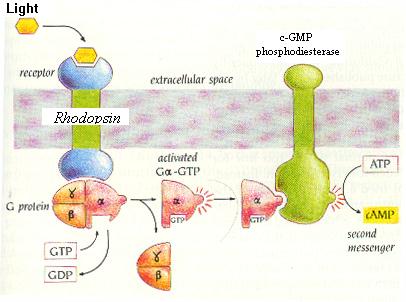
Figure 1. Schematic diagram of the first part of the phototransduction pathway.
In the dark, when there are no photons around, there are an abundant amount of cGMP around. The cGMP keep Na+ channels open. Three of these cGMP molecules are required to keep one channel open. When the channels are open, Na+ and Ca++ are allowed to enter the cells of the retina and the membrane is partially depolarized. During this state in partial depolarization, a neurotrasmitter is being released in the synaps between the rods and a layer of bipolar cells above it. This neurotransmitter has an inhibiting effect on the bipolar cells so the bipolar cells do not produce an action potential.
When a photon changes the conformation of rhodopsin to metarhodopsin II, it activates the G-protein transducin and allows the exchange of GDP for GTP. After the binding of GTP, the a subunit of transducin dissociates and bind to cGMP phosphodiesterase which hydrolizes cGMP to 5'GMP. With the decrease of local cGMP, Na+ channels begin to close and the inward current of Na+ decreases. Cells begin to hyperpolarize and the secretion of inhibitory neurotransmitter decreases. Without the neurotransmitter, the bipolar cells synapse with the ganglionic cells and an action potential pass through the optic nerve to the brain. The brain processed the impulse and combines it with other impulses to give an image.

Figure 1. Schematic diagram of the first part of the phototransduction pathway.
Return to the ground state of the system occures when GTP is cleaved to give GDP and Pi and when the amount of local cGMP increases. When GTP is cleaved to GDP and Pi, the a subunit of transducin dissociates with the cGMP phosphodiesterase and rebinds with the b and c subunit of tranducin. Dissociation of the a subunit deactivates cGMP phosphodiesterase and conversion of cGMP to 5'GMP is halted. The amount of cGMP is increased through a Ca++ mechanism. As the Na+ chanels close in response the decrease in cGMP, Ca++ flow into the cell also halted. The decrease in Ca++ turns on guanylate cyclase which synthesizes cGMP. With the rise in cGMP, Na+ channels begin to open and partial cell depolarization and secretion of inhibitory neurotransmitter rise to normal levels.